Chicken Feet Trade & Exports — Iran → Turkey
Comprehensive report — updated to mid-2025
(Concise executive summary, followed by data, regulation, logistics, market analysis, risks, and practical recommendations. Key sources cited inline.)
Executive summary
-
There is limited official evidence of regular chicken-feet (chicken paws) shipments from Iran to Turkey in the 12 months up to mid-2025; some trade databases show zero recorded shipments in the most recent trailing-12-month window.
-
Globally, chicken feet trade is concentrated in a few importers (notably Vietnam, Uzbekistan and China) rather than Turkey; Turkey is primarily a poultry producer and regional exporter rather than a major chicken-feet importer.
-
Turkey’s import rules for animal-origin products require correct HS classification, veterinary/health certificates, and documentary controls (invoice, packing list, certificate of origin); compliance and sanitary status (avian influenza control) are critical.
-
Market dynamics affecting any Iran→Turkey chicken-feet trade in 2024–mid-2025 include shifting global demand, post-AI (avian influenza) control measures, Turkish domestic production growth and export policy changes.
Trade volumes & recent trends (mid-2025 snapshot)
-
Iran → Turkey recorded shipments: commercial trade trackers that aggregate customs/manifest data show very few or no recorded chicken-feet exports from Iran to any buyer in the trailing 12 months in their public datasets (e.g., Volza export snapshots). This suggests either negligible volumes, re-classification under a different HS line, or gaps/latency in reporting.
-
Global pattern: the world trade in chicken feet remains concentrated in Asian markets (Vietnam, Uzbekistan, China account for the majority of global imports in recent 12-month windows). Turkey does not appear among the largest importers of chicken feet.
-
Turkey’s poultry context: Turkey is a significant poultry producer and exporter; production increases in 2025 and policy measures to manage domestic supply/prices have influenced poultry trade flows (exports/controls). This affects incentives for Turkey to import low-value byproducts.
Interpretation: while there is potential bilateral trade, available public trade data up to mid-2025 do not show material, regular chicken-feet exports from Iran to Turkey. If private shipments exist, they may be small, seasonal, misclassified, or routed through intermediaries (third-country transshipments).
HS codes, classification & required documents
-
Typical HS/HTS lines used internationally for “chicken feet / paws” often fall under headings for prepared or fresh poultry parts (classification varies by country and by whether product is fresh, frozen, processed). Exporters must verify the exact 6–10 digit code used by Turkish customs for paws/feet. (Examples from trade portals list HS groups under poultry meat/parts; always confirm with Turkish customs).
-
Documents normally required by Turkey: commercial invoice, bill of lading/airway bill, packing list, certificate of origin; plus veterinary health certificate and any sanitary or control certificates required for animal-origin products. For frozen/processed animal products, Turkey may also require certificate of free sale, phytosanitary documents if relevant, and compliance with EU-aligned sanitary standards in specific cases. Non-compliance triggers rejection at entry.
Sanitary & phytosanitary (SPS) considerations
-
Avian influenza (AI): outbreaks or country status changes can rapidly close markets or require extra testing/conditions. Turkey and many importers update restrictions based on OIE/WOAH status and national veterinary assessments. Exporters must provide up-to-date health attestations and may face pre-export testing/quarantine requirements.
-
Processing standards: to enter Turkish food chains (or be used for further processing), chicken feet should be processed in registered/approved establishments, with cold-chain documentation, HACCP/GMP records, and traceability.
Logistics, packaging & quality specs
-
Form & packing: frozen whole feet (IQF) in hygienic PE bags inside cardboard boxes, often in 10–20 kg master cartons, palletized and labeled with lot numbers and production/expiry dates. Moisture/ice glaze levels, sanitary labeling, and odour control are critical.
-
Temperature control: maintain −18°C or colder for frozen product during transport; documented temperature logs recommended for customs/retail buyers.
-
Transport routes: common options are refrigerated road shipments (land border crossings) or reefer containers by sea from southern Iranian ports to Turkish ports—or via intermediaries/3PLs depending on permit and logistics. Border transit requires clean paperwork to avoid detention.
Price signals & commercial terms (mid-2025 context)
-
Price drivers: feed and energy costs, avian influenza-related supply shocks, and demand shifts in Asian markets. Global processed chicken prices rose/rebounded in early 2025 after AI episodes, affecting byproduct availability and price. Expect prices for raw chicken feet to be volatile; negotiate CIF/FOB terms with clear liability and inspection clauses.
-
Payment & trade finance: use bank-verified letters of credit or open accounts with trusted buyers for initial shipments; payment terms tend to be stricter for new trading pairs.
Market demand in Turkey & likely buyers
-
Demand profile: Turkish food culture consumes many poultry parts domestically, but the major industrial demand for chicken feet (for collagen/gelatin extraction or export re-export) is concentrated in East/Southeast Asia. Turkish processors might import feet for pet food, rendering, or niche food products—but large volumes to Turkey are less common than to Vietnam/China.
-
Buyer types to target: rendering plants, pet-food processors, collagen/gelatin extractors, and wholesalers serving niche food markets. Approach via trade fairs, B2B platforms or direct outreach to processors.
Competitors & comparative advantage
-
Main exporters globally: Brazil, Thailand, and some Southeast Asian suppliers are large, price-competitive exporters. Brazil in particular supplies China in big volumes. Iran’s comparative advantages could be geographic proximity, shorter transit to Turkey, and potentially lower cost base—if sanitary and paperwork requirements are fully met.
Regulatory & political risks
-
Sanctions / banking frictions: international payments and sanction considerations can complicate trade with Iranian exporters; buyers may face banking/payment risk or reputational checks. Ensure compliance with international sanctions rules and use instruments acceptable to both parties.
-
Trade policy volatility: Turkey has used export restrictions historically to stabilize domestic prices; this affects import/export flows both ways. Monitor official Turkish notifications and OIE disease declarations.
Practical step-by-step checklist for an Iranian exporter targeting Turkey
-
Confirm product classification with Iranian customs AND Turkish import authorities (get exact HS code used by Turkish customs for chicken paws/feet).
-
Obtain required sanitary/veterinary certificates from Iran’s competent authority; ensure slaughtering/processing plant is approved and auditable.
-
Verify Turkey’s current import restrictions (avian influenza related or other temporary measures) on the target shipment date.
-
Arrange cold-chain logistics and inspection (third-party pre-shipment inspection recommended). Maintain documentation (temp logs, COA).
-
Agree commercial terms (Incoterm, payment method — L/C recommended for first shipments).
-
Pilot shipment: start small, test customs acceptance, collect buyer feedback on quality/packaging, then scale.
Recommendations & commercial strategy
-
Short term (next 6 months): conduct market scouting in Turkey—identify processors and renderers, gather precise HS code & sanitary document checklist from Turkish customs, and run a pilot shipment under rigorous pre-export inspection.
-
Medium term (6–18 months): if pilot accepted, set up supply contracts with reliable slaughter/processing plants, invest in traceability and HACCP certification, and develop predictable logistics. Consider value-added processing (cleaning, IQF) to command better margins.
-
Risk mitigation: use verified payment instruments, insurance for transit, and maintain up-to-date disease monitoring and contingency plans.
Data gaps & what to verify next (so you can act)
-
Confirm whether any small or private Iran→ Turkey chicken-feet shipments exist but are recorded under a different HS code or routed via third countries — check Iranian customs export manifests and Turkish customs import records for exact commodity codes and partner names. (Public aggregator data suggest little-to-no direct recorded trade in the last 12 months.)
-
Get a current written list of Turkish veterinary requirements for poultry parts from Turkish Ministry of Agriculture or the nearest Turkish consulate to ensure the exact certificate text and permitted establishment lists.
AT LAST
NONADSHOP GROUP TRADE COMPANY
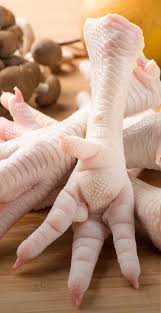
With high experience in export chicken feet to all the world can compare his ability with international buyers to all the world.
Foe more info call us

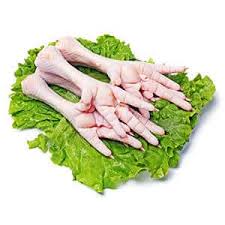
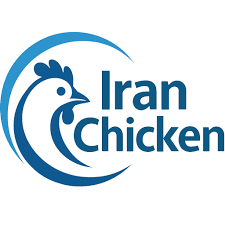
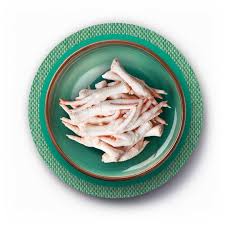
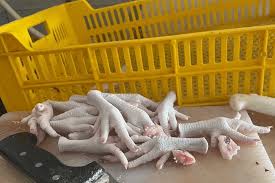
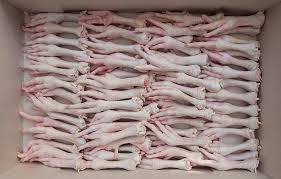
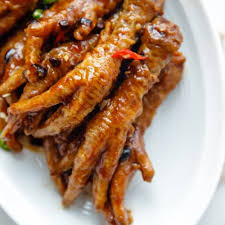
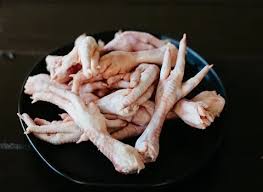
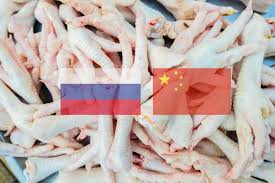
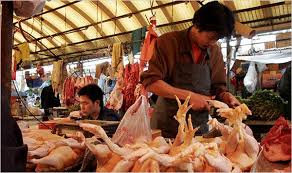
بدون دیدگاه